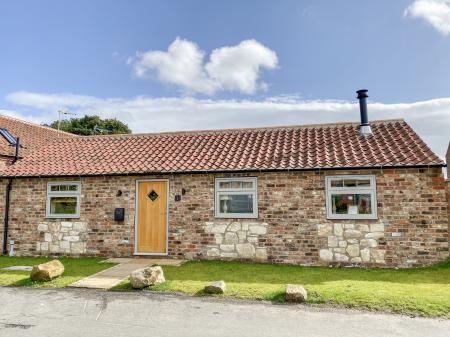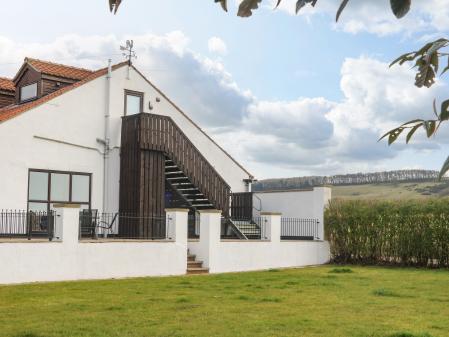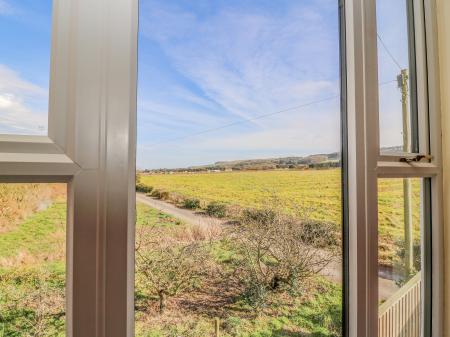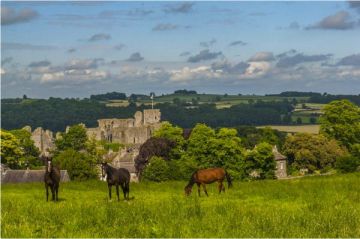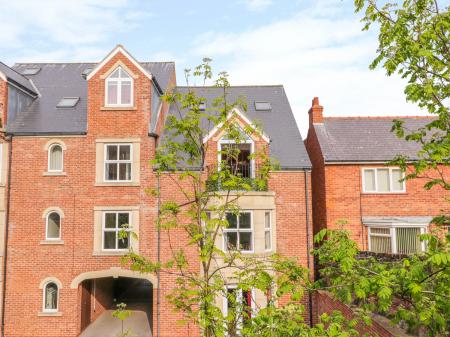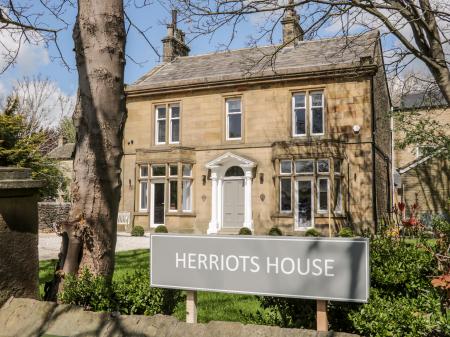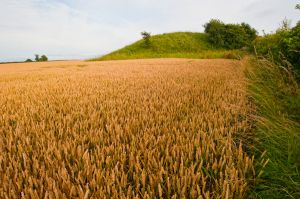
The top may once have been higher, as it appears to have been levelled off at some point. In the medieval period, a post mill was erected on the top, and this may account for the levelling. The barrow lies within a large encircling ditch, though this can be difficult to spot unless you are fortunate enough to fly over the site!
The howe appears to have served as a burial place for several generations of inhabitants. At the base of the mound was found a male skeleton, buried with a bowl and flint flakes. Above this grave, a later burial was found of an adult with a child and the skull of a second adult. Later generations added further burials, including remains of 53 cremations.
The exact purpose of the mound is unclear; it may have been used as a communal cemetery, or perhaps it was erected solely to mark the burial place of a very important local person - possibly the male at the base of the mound - and other burials may have been sacrifices made to mark the VIP's passing.
The mound lies just off the road between Sledmere and Duggleby, at the southeastern edge of Duggleby village. Note that Duggleby Howe is not signposted, and there is no direct footpath to the site. However, if you follow the edge of the field boundary, avoiding stepping onto the farmer's crops, it will take you to the base of the Howe.

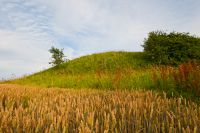
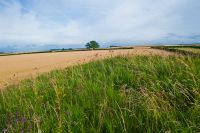
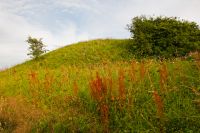
 We've 'tagged' this attraction information to help you find related historic attractions and learn more about major time periods mentioned.
We've 'tagged' this attraction information to help you find related historic attractions and learn more about major time periods mentioned.